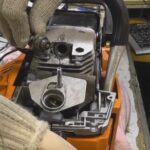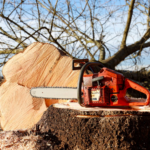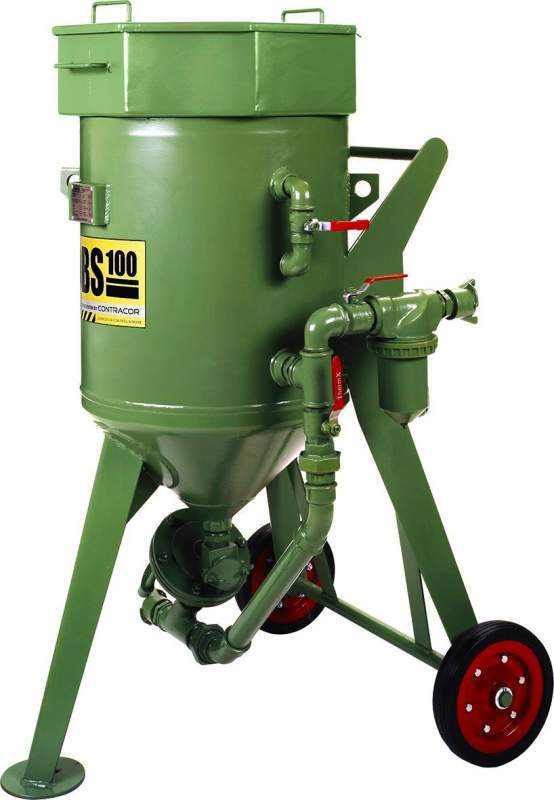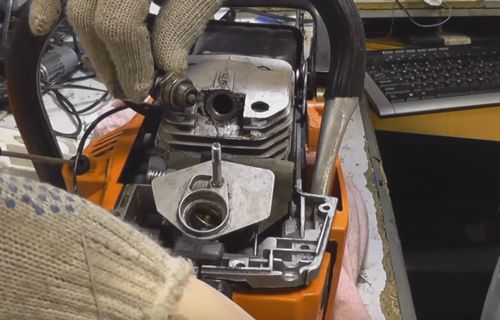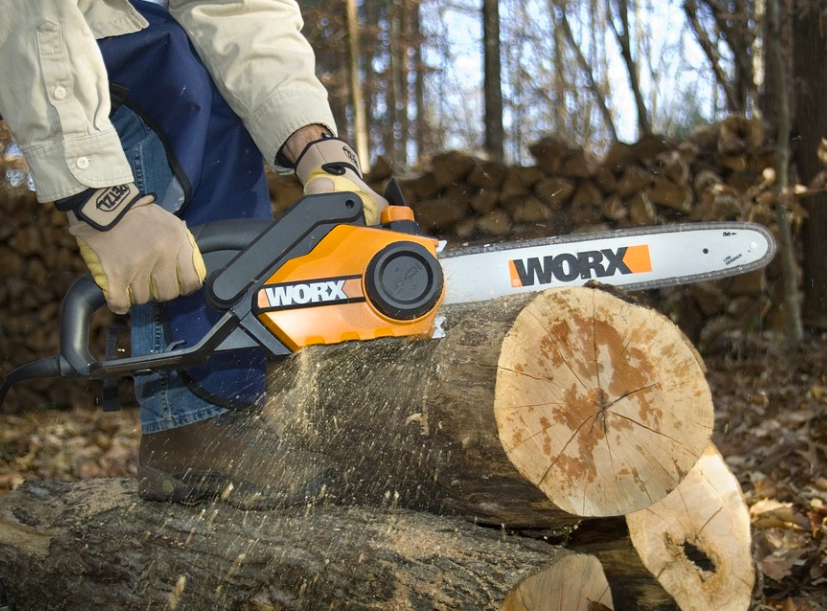Why does a chainsaw cut crookedly: we understand the reasons for the malfunction
One of the most common problems with a chainsaw is that it cuts crookedly and unevenly. Believe me, almost every second user of the tool encounters this. We’ll tell you how to fix a chainsaw malfunction right now.
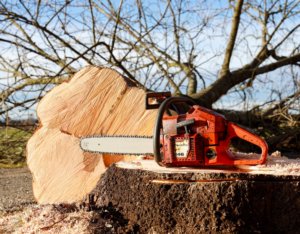
The content of the article
Consequences of a chainsaw cutting crookedly
It doesn't end there just because you get an uneven cut. In fact, a crooked cutting part immediately leads to a list of negative consequences:
- Greater consumption of physical effort on the part of the master, since the tool must be constantly held in the correct position.
- Fuel consumption is increased as the path of the saw part is increased.
- The sprocket is wearing out. She has an even greater load than usual.
- Chainsaw tire wear.
- The efficiency of a gasoline tool decreases.
- Crooked cut. For firewood and felling wood, this does not matter, but this option will no longer work for cutting boards - all parts will turn out to be defective.
- Discomfort at work caused by excessive physical exertion (point 1).
There are several main reasons why a chainsaw cuts to the side:
- Incorrect tooth sharpening.
- Incorrect selection of chain for sprocket and bar. The same applies to the last two parts in relation to a correctly selected chain.
- The chain is not tightened.
- Wear of the working part of the tool.
Why does a chainsaw cut crookedly - uneven sharpening is to blame
Any instructions for sharpening the saw part indicate that the teeth are ground at an equal distance. This does not depend on the location of the spare parts.
Such a simple requirement will protect both the chain and the master from being pulled towards the working link. Uneven sharpening is the most popular reason for a crooked log cut.
Sharpening under a file does not control the distance between the teeth and the length of the grind. Plus, the parts wear unevenly: one side is larger, the other is smaller, and everything needs to be sharpened evenly.
What is the way out of the situation: take the chain to a workshop for sharpening or purchase your own machine for processing chainsaw consumables. With a hand tool you will only cause yourself more trouble. As a result, the chain on the chainsaw may not even spin, which means new expenses.
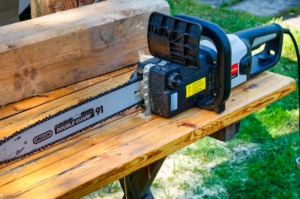
The chain does not fit other components
The chainsaw tire has several operating parameters. One of them is the width of the groove for mounting the correct chain. This width can be of several sizes: from 1.1 to 1.6 mm.
For example: on a 1.3 mm tire we installed a 1.1 mm consumable. At first, even with strong tension, we will not notice the difference, but as soon as the tension weakens, the gap will not allow the chain to move evenly. We get the saw part moving to the side and the curvature of the cut.
It is better to buy a chain if you immediately indicate its exact dimensions, brand and model. Consultants in stores know what width and pitch is needed for such a device. Or google your chainsaw on the Internet - no more information is needed.
Excessive wear of the spare part
If your tool cuts crookedly, in an arc, then this is due to chain wear. You can check it by visual inspection.
Remove the bar from the chainsaw and examine the part of the contact between the plane and the chain teeth.If it is wear, you will clearly notice a curvature on one side of the tool.
Traditionally, a saw should wear evenly. If the sharpening is larger on one side, correct it or replace the defective part with a new one. Some manufacturers recommend turning the chain over from time to time so that the flow is uniform in all planes.
For some models, the last rule does not work if the manufacturer himself indicated the movement of arrows on the chain. It can only be installed in one direction.

